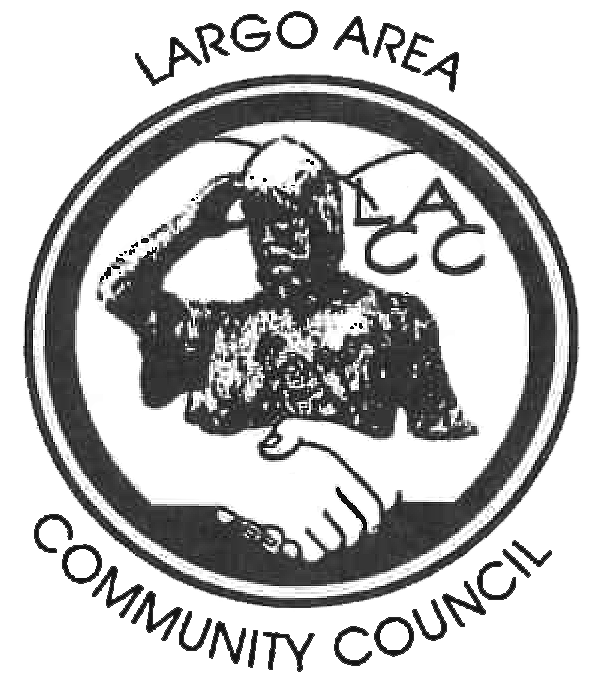Upper Largo is the oldest of the villages in the Largo area. Largo Law, at 290m/948ft, overlooks the village to the north. From its summit there are spectacular views across the Firth of Forth and surrounding rural landscape. The sea, at Lower Largo, is but a 15 minute walk down The Serpentine Walk. There are numerous Rights of Way and proposed Core Paths surrounding the village that quickly connect the village to its surrounding rural landscape.
The Simpson Institute, built with money gifted by Mrs Janet Simpson Galloway and opened in 1891, is still the Village Hall and focal point for drawing the community together through group activities and events for community participation. There is a bowling green behind the Institute where the Largo Bowling Club meets. The Largo Cricket Club plays at the East Drive playing field and has junior and senior teams.
Happily Upper Largo still has a Village Store that includes a treasured Post Office open only until 12 noon each day. Other businesses in the Main Street are Headrush, the hairdresser and a Boat Chandlery. The Largo Hotel provides meals and accommodation as does Monturpie a short distance up the St Andrews Road.
The village has 3 bus services running through; X27, X60 and 95. Going east they all go to St Andrews by different routes. Going west Glasgow, Edinburgh and Leven are the destinations.
Previously named Kirkton of Largo, the Primary School in North Feus is still called by this name, it was changed in the 19th century by the Post Office to more easily, from their point of view, distinguish the Largos and so became Upper Largo. On some present day maps it is still referred to as Kirkton of Largo.
The village originally developed around ground upon which stood a church dating back to the early mediaeval period. The present Largo & Newburn Parish Church was built at the beginning of the 19th century on the same site. Sir Andrew Wood, forever a Scottish hero, engaged and captured 3 English ships in the Firth of Forth at the end of the 15th century and now lies buried in the church. Just inside steps to the church is the Largo Cross, an early Christian cross-slab which is decorated with both Pictish and Christian symbols although the decorations can now only be seen in some places.
Some Historic landmarks close by the village:
- Sir Andrew Wood’s Tower, all that remains of this palatial house.
- The remains of a canal built for Sir Andrew to travel in style from his house to the church.
- The ruins of Largo House and stable built in 1756.
In the middle of the village John Wood’s Houses built at the beginning of the 19th century and still in use today as supported accommodation.



